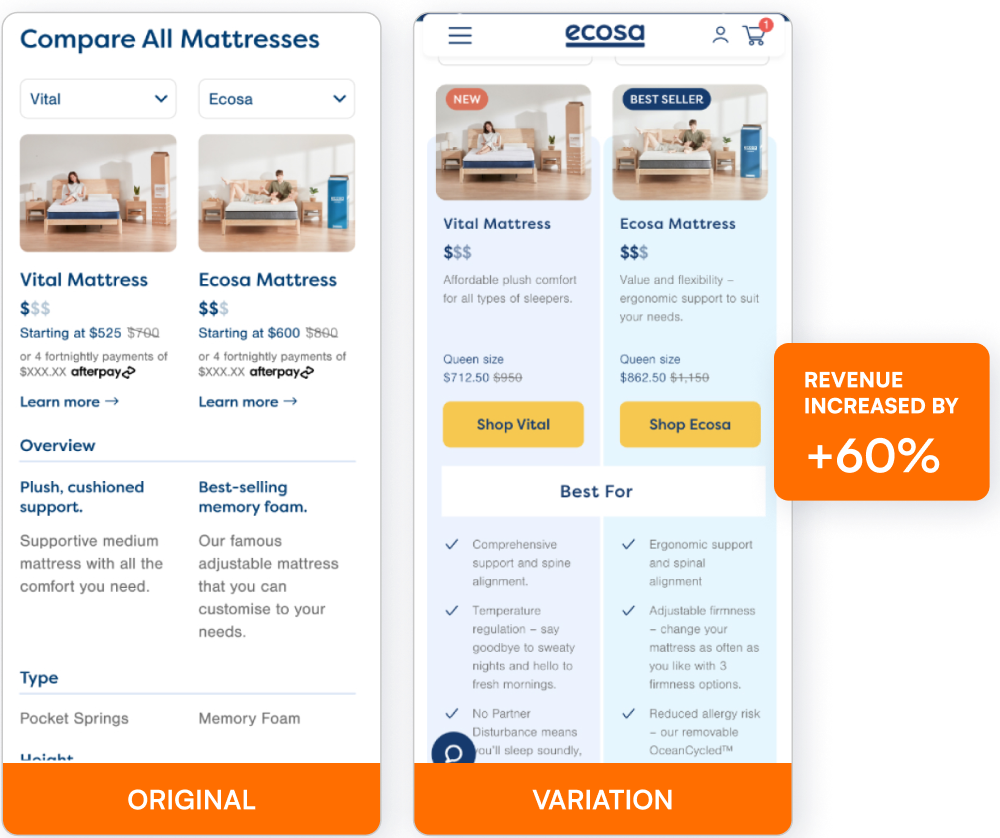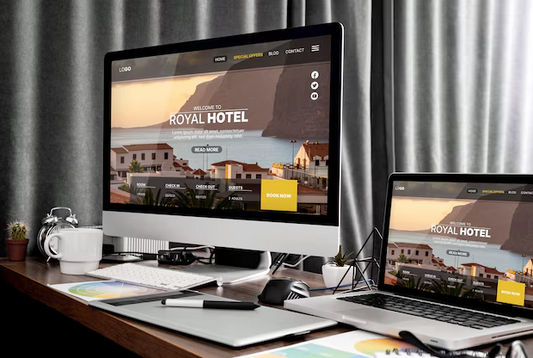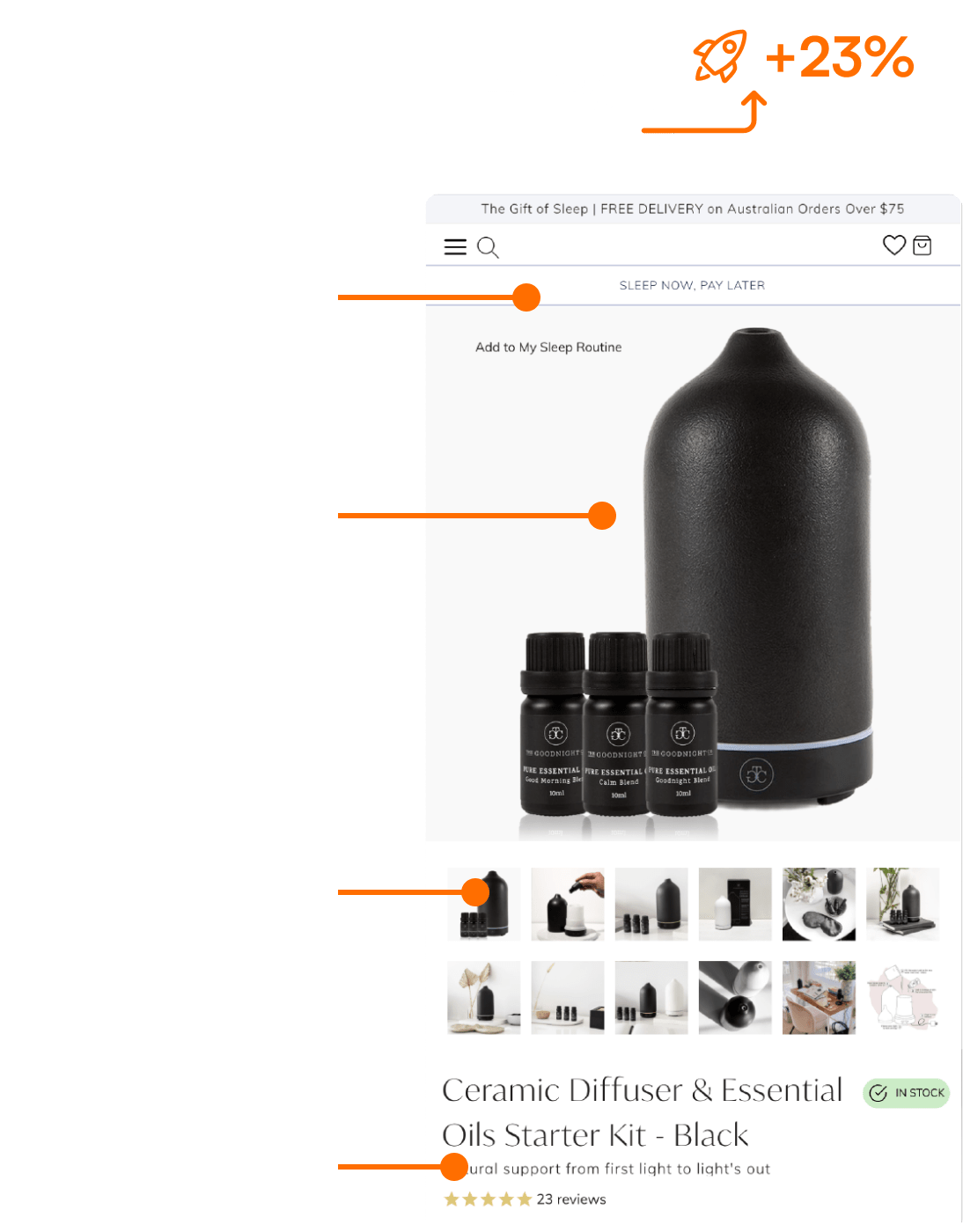Not so long ago, I received a distressed call from Rob*, a new potential client.
“We really need help. Our mobile conversion rate has dropped by 50% and we just don’t know why.”
“Have you recently made any changes on the site?” I asked over the phone, very concerned for Rob’s predicament.
“We made improvements to the checkout which went live a week ago,” explained Rob. “I’ve been watching session recordings in Hotjar but haven’t been able to identify what the issue is. We are losing thousands of dollars in sales per week.”
A few months before this conversation, Rob, an Ecommerce manager of a fast-paced online store, was facing a common challenge – despite working with his team incredibly well to scale up the website traffic via search and paid media channels, their website’s conversion rate remained stagnant. Rob decided to tackle this issue head on.
He had noticed the checkout abandonment rate was pretty high, and resolved to embark on a web development project to improve the online checkout experience for their customers.
Rob’s team moved from a single page checkout to a three-step multi-page checkout, reasoning that breaking up the steps would make filling in the checkout form much easier for the user. Surely an easier process makes for a more pleasant experience, and an increase in sales right?
A few months and thousands of dollars later, they launched their new checkout. And we all know what happened next.

When Rob came to us looking for answers, we knew we needed to help right away.
You see, Conversionry’s core mission is “empowering ecommerce marketing teams to win” – but Rob and his team clearly weren’t winning.
I quickly gathered my team to brainstorm a solution. The objective was simple: Find out why the mobile conversion rate dropped by 50% and what was needed to fix it?
As we dove into the data, it didn’t take long for our lead analyst to find something incredible.
The drop in the conversion rate was isolated to only the checkout page, and since the day the new checkout had gone live, a significant amount of traffic from mobile shoppers was going from the checkout page directly back to the shopping cart page, without completing their purchase.
But why?
Were they encountering unexpected errors at the checkout? Or was something missing at the checkout that shoppers couldn’t find?
It turns out the key issue, while a fairly simple one, was not immediately obvious.
As the online store’s business model was heavily based around using discount codes, shoppers on the old Checkout page were entering discount codes in the relevant field box, which had been made fairly obvious on the mobile version of the page.
However, Rob’s team had moved the discount code field box on the new multi-step Checkout page to the second instalment of the multi-step process. When shoppers reached the new checkout and didn’t see the discount code field included in the very first step, they were either dropping off or returning back to shopping cart in droves.

Most impacted were returning customers who were familiar with the old checkout – and who now thought their chance to receive a discount was gone.
Quickly mocking up the fix in a wireframe, we added the discount code field to the top of the new checkout page.
We presented the findings and mockup of the fix to Rob, who was thrilled and got his development team working immediately.
Their mobile conversion rate jumped back up as soon as the fixes were applied.
Mission accomplished.
So, what can we learn from this story?
You can’t assume making best-practice changes to a part of your ecommerce site (e.g. upgrading your checkout) is going to bring you an increase in mobile ecommerce conversion rates – you could actually be replacing something that works well for your customers.
Instead, take a data-driven approach. Find out where the biggest blockages are, why they are happening, and develop hypotheses to solve customer problems – then make sure you AB test every change before going live.
Another key lesson here is not to wait too long to contact a conversion specialist team when you see unusual drop offs in your funnel – it could save you a lot of lost revenue (and maybe your sanity!). Rob could have spent weeks longer trying to figure out the issue on his own, but he decided to call in the experts and it paid off.
Want an experienced eye looking at your existing conversion performance? Take advantage of our complimentary Conversion Audit that got Ryan winning.
When have you kept something on your website because it works so well, regardless of how bad it looks or what best practices say?
*Note: Names in this article have been changed for privacy.
Raoul Doraiswamy is the founder & managing director of Conversionry, a leading Melbourne-based conversion optimisation agency, that accelerate conversion rates and revenue for global ecommerce and omni-channel retailers via data-driven experimentation programs. His passion is to empower Ecommerce marketing teams to win by leveraging customer behaviour. Raoul loves all things conversion, data and persuasive psychology. On his off days, he loves exploring the outdoors with his wife, discussing leadership and helping young people reach for their greatest potential.
Beat your competition to it!
Get the latest actionable conversion strategies delivered straight to your inbox!













